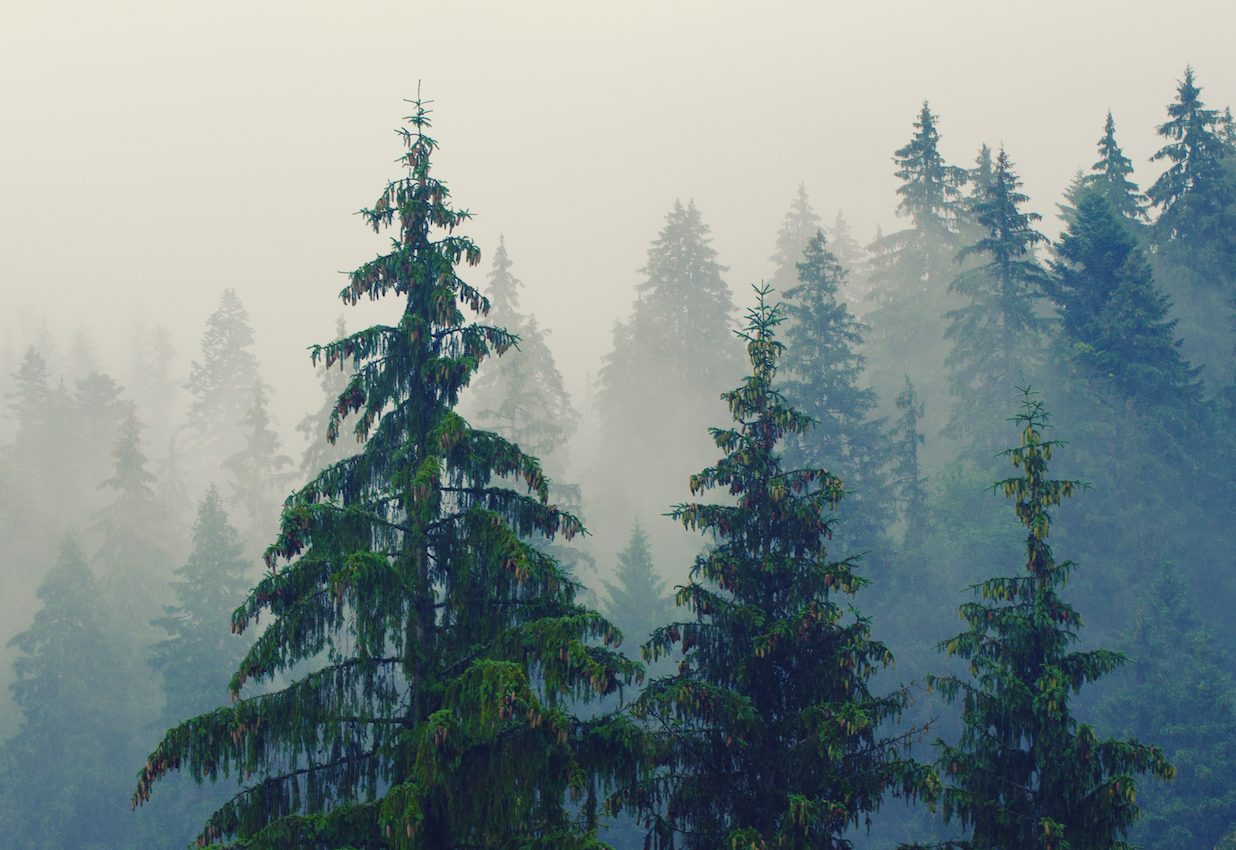
Christmas trees and other valuable plants aren’t protected globally
A new report from the Center for Tropical Agriculture (CIAT), a global research organization based in Colombia, had found that many of the plants most commonly used for food, medicine, shelter, fuel, and other valuable purposes are at risk.
These include wild populations of firs used for Christmas trees, kitchen-cupboard staples like vanilla, chamomile, cacao, and cinnamon, and non-cultivated plants used by bees to make honey. The indicator finds that less than three percent of the 7,000 evaluated species are presently classified as “low priority” or “sufficiently conserved.”
“This indicator underscores the urgency to protect the world’s useful wild plants,” said study lead author Colin Khoury. “The indicator not only helps us measure where countries and the world stand with regard to safeguarding this natural and cultural heritage, but it provides actual information per species that can be used to take action to improve their conservation status.”
The Useful Plants Indicator was developed by CIAT in collaboration with the Global Crop Diversity Trust, the U.S. Department of Agriculture, and also with several universities and conservation organizations.
The scale ranks around 7,000 useful plants from 220 countries on a scale of 1-100, with 100 meaning fully protected.
Although the researchers expected lower results for plants in natural settings, they warned that relying on plant preservation strictly in natural protected areas is no longer a safe bet. According to the study authors, rapid climate change can force species to shift out of their ranges, and the edges of many protected areas are subjected to unchecked habitat destruction.
“The indicator shows that the network of protected areas around the world is doing something significant for useful plants,” said Khoury. “But if we want to get serious about protecting these species, especially the ones that are vulnerable, we have a long way to go before they are fully protected.”
The study is published in the journal Ecological Indicators.
—
By Chrissy Sexton, Earth.com Staff Writer













